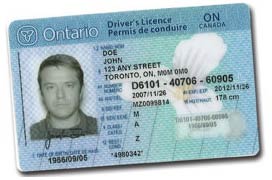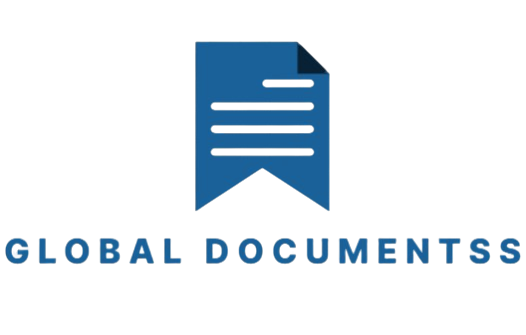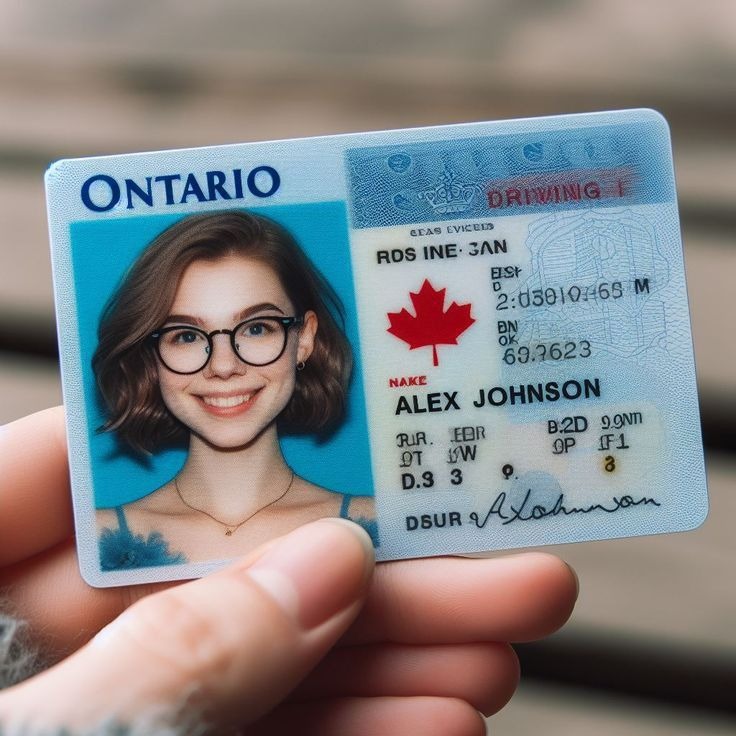Blog
How to Get a Canadian Driver’s License – Complete 2025 Guide
How to Get a Canadian Driver’s License – Complete 2025 Guide
Introduction
How to Get a Canadian Driver’s License – Complete 2025 Guide Whether you’re a new resident, international student, or tourist looking to stay long-term, getting a Canadian driver’s license is essential for driving legally across the provinces. Canada has a well-structured licensing system, but the process can vary depending on your province or territory.
In this comprehensive 2025 guide, we’ll explain everything you need to know about obtaining a Canadian driver’s license—eligibility, testing, required documents, and more.

Types of Driver’s Licenses in Canada
Each province and territory in Canada issues its own driver’s licenses, but most follow a Graduated Licensing System (GLS). Here are the common types:
-
Class 7 / G1 / Learner’s Permit: For beginner drivers; restrictions apply.
-
Class 5 / G2 / Intermediate License: After passing the road test.
-
Class 5 / G / Full License: Full driving privileges with no restrictions.
-
Class 1–4: For commercial vehicles, including trucks and buses.
-
Class 6: Motorcycle license.
Provincial Licensing Authorities
Here’s where you’ll apply based on your province:
| Province/Territory | Licensing Authority |
|---|---|
| Ontario | ServiceOntario / DriveTest |
| British Columbia | ICBC (Insurance Corporation of BC) |
| Alberta | Alberta Registry |
| Quebec | SAAQ (Société de l’assurance) |
| Others | Local Provincial Licensing Office |
Steps to Get a Canadian Driver’s License
1. Determine Eligibility
-
You must meet the minimum age requirement (typically 16+).
-
Must pass a vision test and knowledge exam.
2. Gather Required Documents
-
Proof of identity (passport, PR card, etc.)
-
Proof of residency (utility bill, lease, etc.)
-
Immigration status or visa
3. Take the Knowledge Test
-
Written or computerized test covering traffic laws, signs, and safety rules.
-
Available in multiple languages in most provinces.
4. Pass the Vision Test
-
A standard vision screening is mandatory.
5. Practice With a Learner’s Permit
-
Follow province-specific restrictions (e.g., no driving at night, must drive with an experienced adult).
6. Take the Road Test
-
Schedule and pass a road test to demonstrate your driving skills.
7. Get Your Full License
-
After meeting all requirements and waiting periods, you’ll receive a full license.
For International Drivers
If you already have a foreign driver’s license:
-
Use IDP (International Driving Permit): Valid for short-term visitors (usually up to 90 days).
-
Exchange Your License: Many countries (e.g., USA, UK, Germany) have exchange agreements.
-
Take Knowledge & Road Tests: Required if your country isn’t on the exchange list.
How Long Does It Take?
| License Stage | Approximate Time |
|---|---|
| G1 / Class 7 | Immediately upon passing knowledge test |
| G2 / Intermediate | 8–12 months with restrictions |
| Full License | After 1–2 years depending on province |
Costs & Fees (Estimated 2025)
| Service | Cost (CAD) |
|---|---|
| Knowledge Test | $10–$20 |
| Learner’s Permit Issuance | $15–$25 |
| Road Test | $50–$100 |
| Full License Application | $80–$120 |
FAQs
Q1: Can I drive in Canada with a U.S. driver’s license?
A: Yes, you can drive temporarily, but you’ll need to switch to a Canadian license if you become a resident.
Q2: How do I exchange a foreign license in Canada?
A: Submit your original license, take a vision test, and possibly a knowledge or road test, depending on your country.
Q3: Is the process the same in all provinces?
A: No, requirements and timelines vary. Always check your province’s specific rules.
Q4: What if I fail the driving test?
A: You can rebook after a waiting period. Practice and consider taking driving lessons.
Q5: How long is a Canadian driver’s license valid?
A: Typically 5 years before renewal is required.
Conclusion
Getting a Canadian driver’s license is a critical step for mobility, freedom, and legal driving across the country. Whether you’re starting from scratch or transferring an international license, understanding the steps and preparing properly can make the process smoother and faster.
Remember, always refer to your province’s official licensing website for the most accurate and updated requirements. With the right preparation, you’ll be on the road in no time!

